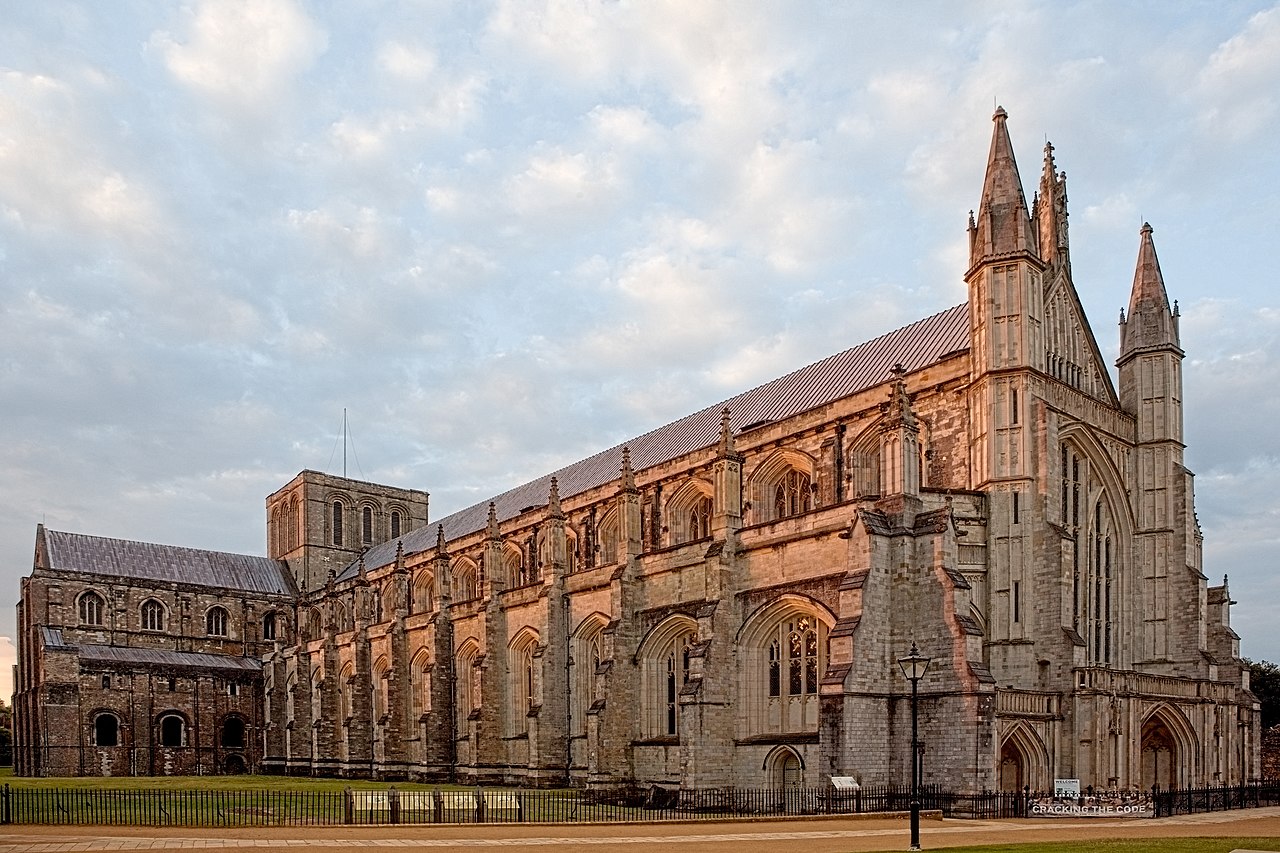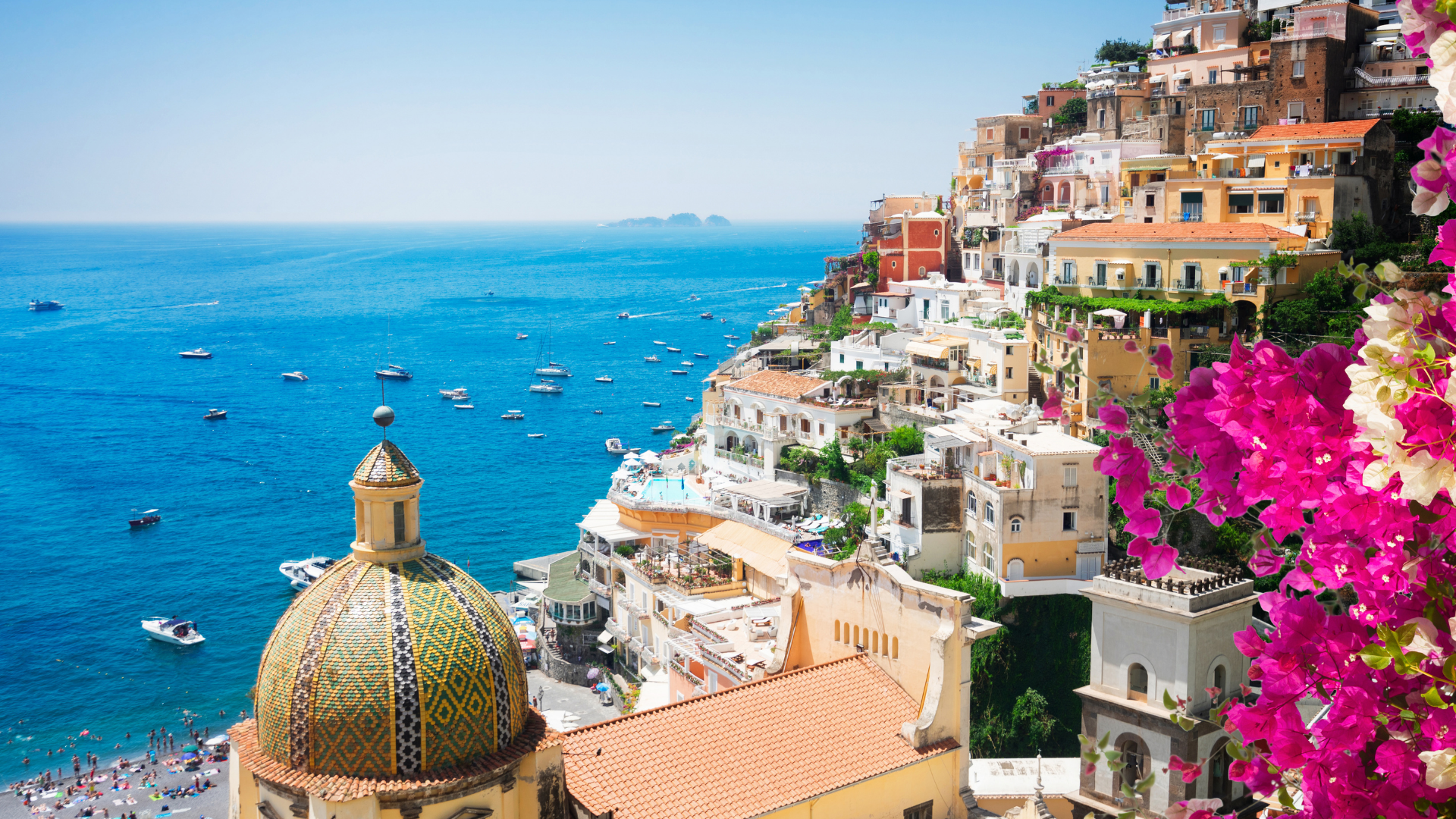A cathedral is the main church of a diocese and as such will have a bishop attached to its operations. A church will instead be run by groups of priests or clergymen. A cathedral is a larger place of worship than a church and a building that defines a city. Cathedrals often have a long history and can be seen as cultural heritage buildings.
Many cathedrals have been standing for centuries and have been the site of important historical events and rituals. The architecture of cathedrals is often unique and important in terms of local culture. Regular maintenance and restoration work is essential to preserve cathedrals and keep them in good condition. Many cathedrals receive regular visits from professional cleaners and restorers who check for signs of damage and decay.
There are a number of techniques professional restorers use, including repointing stonework, cleaning stained glass windows, lime torching of roofs (for reference, visit a company that provides lime torching in Yorkshire), and repair of wooden features. It is even possible for professional restorers to use lasers to clean delicate carvings or sculptures. Any repairs or restoration work are usually done with proper care to ensure the original structure and designs of the cathedrals are preserved.
So, now that we have the definition out of the way, let us explore 4 cathedrals in the UK that should be on top of any travel plan. Before beginning with the list, you might be interested to learn that for religious and christian tours, the UK happens to be the home to some of the most iconic cathedrals in the world. From York Minster in the north to Canterbury Cathedral in the south, there’s no shortage of awe-inspiring churches to explore and admire. On that note, let’s begin the list:
St Paul’s
Located on Ludgate Hill in London, St Paul’s stands as a now Grade I listed building. That is, a building deemed to be of great interest and of national importance. The Anglican cathedral was designed by architects Sir Christopher Wren and Sir Nicholas Hawksmoor and is iconic to the skyline of London. Standing at a height of 111 metres, it is built in a Renaissance, English Baroque style. It is famous for its domed roof and framework of Christopher Wren spires. Between 1710 and 1963 it was the tallest building in London. The dome is still one of the highest in the world.
Gloucester
Gloucester’s cathedral is famed for being one of the many UK filming locations used in the making of the Harry Potter films. It became the backdrop to many Hogwarts scenes throughout the Harry Potter movie series. For example, its cloisters are visible in Harry Potter and the Philosopher’s Stone, representing the corridor leading to Gryffindor’s common room, and when Hermione was trapped in the toilet by a troll. For those interested in architecture, a cloister is a covered walkway of the sort typically found in buildings which have a religious function. For example, cathedrals, monasteries, and convents.
In terms of age, the site as an abbey dates to 681 and the cathedral as we know it today to 1100. The abbey site was abandoned with the dissolution of the monasteries between 1536 and 1539 under the rule of King Henry VIII. It, however, became the seat for a bishopric in 1541.
Winchester
Situated in Hampshire, England, Winchester Cathedral stands as one of Europe’s largest. It is longer in overall length than any of the Gothic cathedrals standing.
The remains of Anglo-Saxons and Normans are thought to exist at the site of the cathedral. These include Cnut, Edmund Ironside, and William II Rufus.
King Alfred the Great was originally buried in the Old’ Minster until his remains, together with those of his wife and children, were moved to Hyde Abbey. It is thought, though, that the bones may have been lost when in 1788 a prison was constructed on the site.
In terms of its structure, Winchester Cathedral consists of Norman and English Gothic architecture.
York Minster
York Minister is the largest Gothic cathedral existing in Europe. In addition, York’s cathedral is the biggest in northern Europe. It is famous for its Gothic architecture. Work began on it in the 1200s and was not completed until the 1470s, indicating the scale of the task. It has 3 towers: a central tower (72 metres), and 2 western towers (60 metres each). It is an impressive sight, as are the other cathedrals described above.
Although known as “Minster”, York is still officially a cathedral, as well as being the Metropolitical Church of St Peter in York. As talked about in the introduction of this article, a cathedral is defined as a place of worship that is run by a bishop, or is the seat of their throne, but this definition was not in use until after the Norman conquest.
In summary, there are many cathedrals in just the UK alone to visit. All of them are spectacular sights due to their vast size. So, whether you are interested in religion, architecture, city skylines, or even Harry Potter, there is much to be gained from visited them in person.




